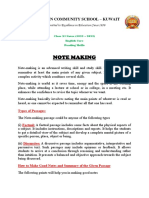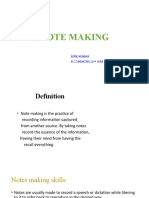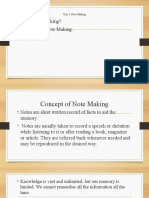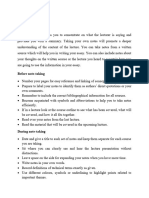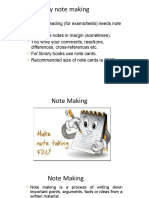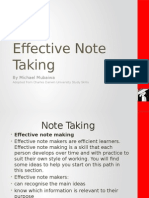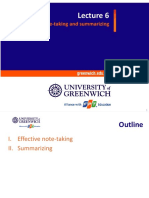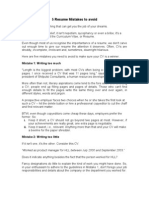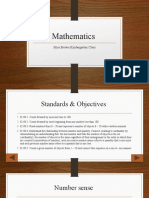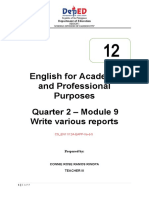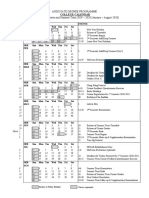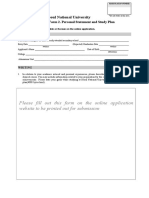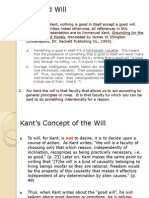0% found this document useful (0 votes)
94 views2 pagesNote Making Introduction
Note-making is a valuable practice for students, aiding in understanding, recalling, and revising information from lectures and readings. The process involves capturing key ideas in a structured format using abbreviations and symbols to save time and space. Effective note-making includes careful reading, identifying main components, organizing notes with headings, and writing concise summaries based on the notes.
Uploaded by
Anand GCopyright
© © All Rights Reserved
We take content rights seriously. If you suspect this is your content, claim it here.
Available Formats
Download as PDF, TXT or read online on Scribd
0% found this document useful (0 votes)
94 views2 pagesNote Making Introduction
Note-making is a valuable practice for students, aiding in understanding, recalling, and revising information from lectures and readings. The process involves capturing key ideas in a structured format using abbreviations and symbols to save time and space. Effective note-making includes careful reading, identifying main components, organizing notes with headings, and writing concise summaries based on the notes.
Uploaded by
Anand GCopyright
© © All Rights Reserved
We take content rights seriously. If you suspect this is your content, claim it here.
Available Formats
Download as PDF, TXT or read online on Scribd
/ 2


